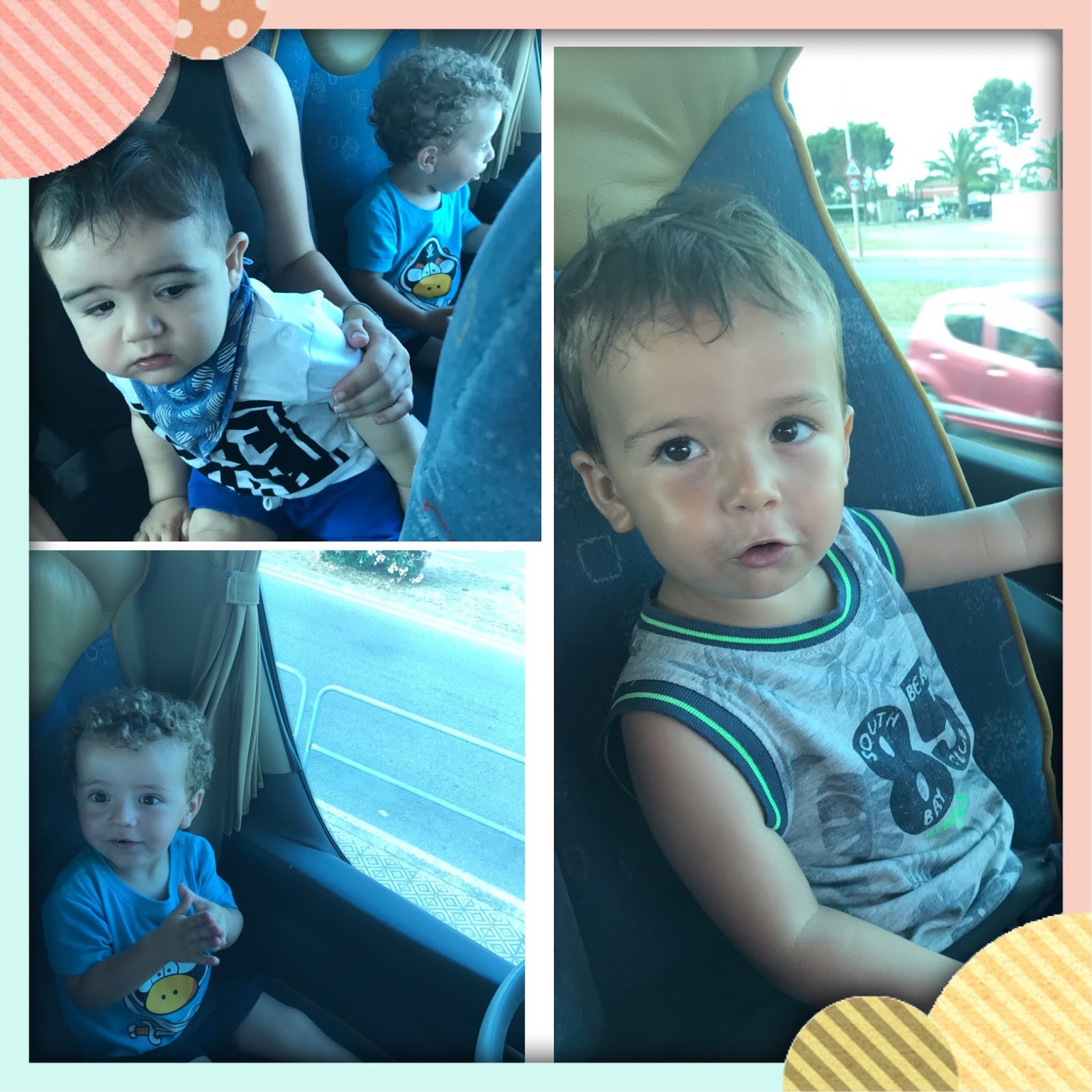
Between them they shape the countryside and ecosystems in which they live and are the basis of our economy. We live together on the planet, and, on our island, with many different species of plants and animals, resulting from thousands of years of evolution. Even small actions such as the use of indigenous plants in our gardens and respecting wild animals help us to keep an equilibrium in biodiversity. However, some human activities cause enormous negative impacts on our environment. It provides us with food as well as energy and other natural resources. Journal of Anthropological Archaeology 56, 101106.Nature is the source of our well being. Animal penning and open area activity at Neolithic Çatalhöyük, Turkey. Journal of Anthropological Archaeology 56, 101106. Advances in Morphometrics in Archaeobotany. Archaeological and Anthropological Sciences 12, 40. Livestock faecal indicators for animal management, penning, foddering and dung use in early agricultural built environments in the Konya Plain, Central Anatolia. Changing plant-based subsistence practices among early and middle Holocene communities in eastern Maghreb. Phytolith and Calcitic Spherulite Indicators from Modern Reference Animal Dung from Mediterranean Island Ecosystems: Menorca, Balearic Islands.
Marta animal menorca series#
I am the director of the editorial board of Treballs d’Etnoarqueologia Series (Ethnoarcheological Works), edited by the CSIC. I served at the IPS board of directors (2015-2021) and I also joined the board of the EAA Community for the Archaeology of Wild Plants (2017) and the Associació Catalana de Bioarqueologia (ACBA) as elected secretary (2010- 2014). I am a founder member of the International Committee for Phytolith Morphometry (ICPM), appointed by the International Phytolith Society (IPS) to establish methodological standards for the discipline since 2011.


I have extensive ethnoarchaeological fieldwork experience in the Near East and eastern Maghreb, as well as in teaching at the University of Barcelona, University of the Basque Country and University of Reading. I have worked in different teams of Archaeology, Geography, Environmental and Soil Sciences, at the University College London (2007-2009), University of Barcelona (2009-2013), Freie University Berlin (2013), University of the Basque Country (2014-2015), as Marie Curie fellow at the University of Reading leading the EU Horizon 2020 MICROARCHAEODUNG project (2016-2018), and the Autonomous University of Barcelona (2019).


Three main research lines have been followed in the last five years: 1) hunter-gatherer plant use on the threshold of early food-producers in northern Africa and the Near East 2) the origins and spread of agriculture and early sedentism in the Levant, Central Anatolia, Central Zagros and southern Caucasus and 3) the developments of complex farming societies in the Western Mediterranean. I pursue these questions through microfossil evidence, primarily from phytoliths and dung microremains in integration with a range of geoarchaeological methods, as well as experimental and ethnoarchaeological approaches. I am a researcher studying human-environment interactions and the developments of cultural, economic and technological behaviours in the Western Mediterranean and the Near East.


 0 kommentar(er)
0 kommentar(er)
